Few animals command as much respect and awe as the lion regarding the animal kingdom. Known as the “king of the jungle,” lions are majestic and incredibly powerful. In this article, we will explore the world of lions and focus on the biggest lion in the world.
Overview of lions as the second-largest big cat species
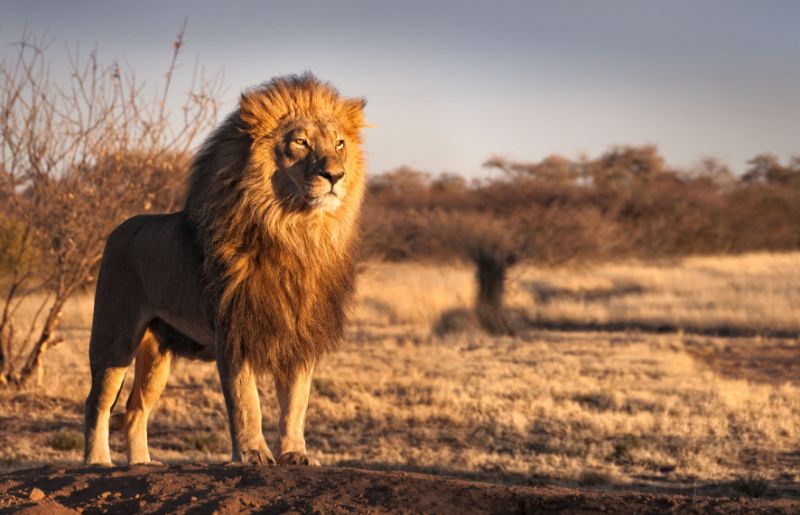
Lions are part of the Felidae family, which includes domestic cats, tigers, leopards, and jaguars. They are native to Africa and are known for their distinctive manes, which are unique to male lions. Lions are social animals that live in pride, consisting of several females, their offspring, and a dominant male.
In terms of size, lions are the second-largest big cat species after tigers. Adult male lions can weigh between 330 and 550 pounds (150 to 250 kilograms) and measure around 4 to 6 feet (1.2 to 1.8 meters) tall at the shoulder. Females are slightly smaller, weighing between 265 and 395 pounds (120 to 180 kilograms).
While all lions are impressive creatures, there have been reports of exceptionally large individuals that have gained legendary status.
One such lion, known as “Bheema,” lived in India’s Gir National Park. Bheema was estimated to weigh around 600 pounds (272 kilograms), making him one of the largest lions ever recorded. His immense size and strength earned him a reputation as a formidable predator.
Another notable example is “Scarface,” a male lion from Tanzania’s Serengeti National Park. Scarface was known for his distinctive scarred face and weighed an estimated 500 pounds (227 kilograms). Despite his injuries, he was a dominant force in his pride and commanded respect from other lions.
While these lions may have been exceptional in size, it is important to remember that every lion is unique and plays a vital role in maintaining the delicate balance of their ecosystem.
Determining the Size of Lions
Factors considered in measuring the size of lions
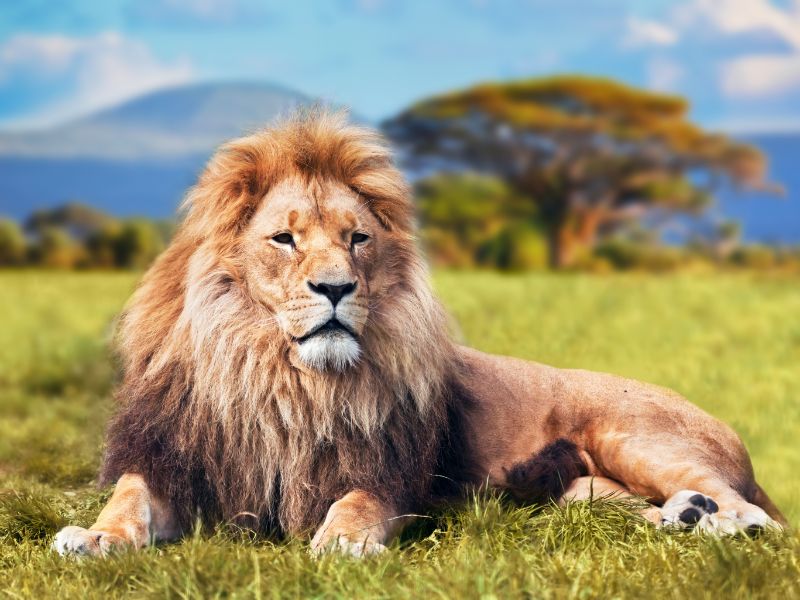
Determining the size of a lion involves considering various factors that contribute to its overall measurements. The two main factors commonly used are shoulder height and weight. These measurements provide valuable insights into the size and strength of these majestic creatures.
Importance of shoulder height and weight
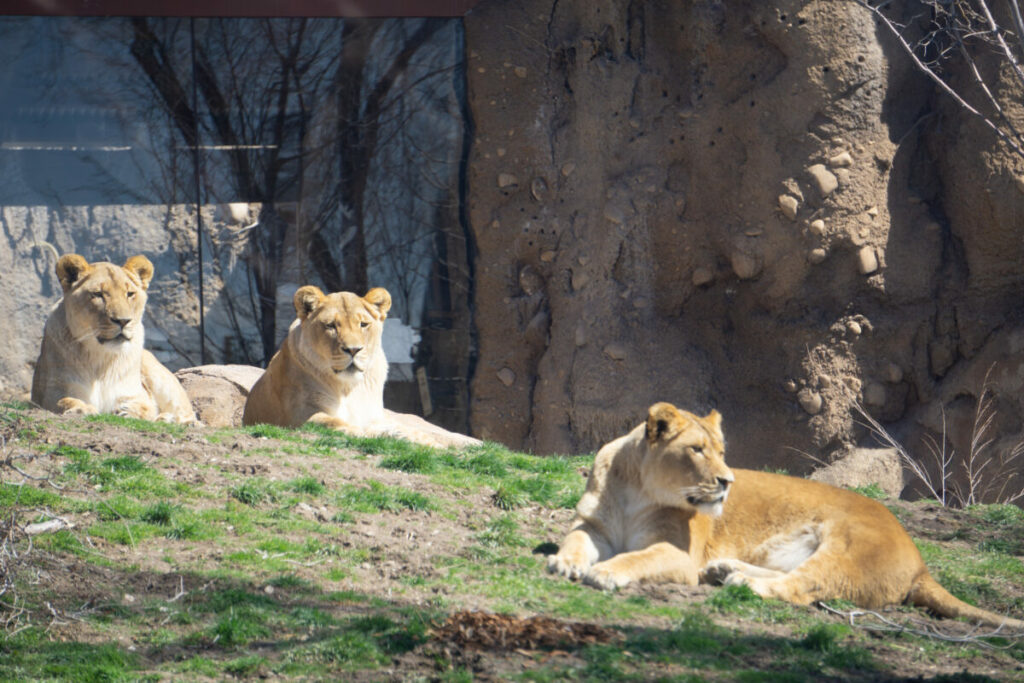
Shoulder height is a crucial measurement when determining the size of a lion. It is measured from the ground to the highest point of the lion’s shoulder. This measurement gives an indication of the lion’s overall stature and power. The average shoulder height for adult male lions is around 4 feet, while female lions measure slightly smaller.
Weight is another important factor in determining the size of a lion. Adult male lions typically weigh between 330 to 500 pounds, while females weigh around 250 to 350 pounds. The weight of a lion reflects its overall body mass and strength, with larger lions generally being more dominant within their pride.
It’s worth noting that the size of lions can vary depending on factors such as genetics, habitat, and access to food. Lions living in areas with abundant prey tend to grow larger compared to those in regions with limited resources.
In conclusion, determining the size of a lion involves considering factors such as shoulder height and weight. These measurements provide valuable insights into the overall stature and power of these magnificent creatures. Understanding the size of lions contributes to our knowledge and appreciation for their unique characteristics in the animal kingdom.
Historical Records of Big Lions
Notable lions with recorded size information
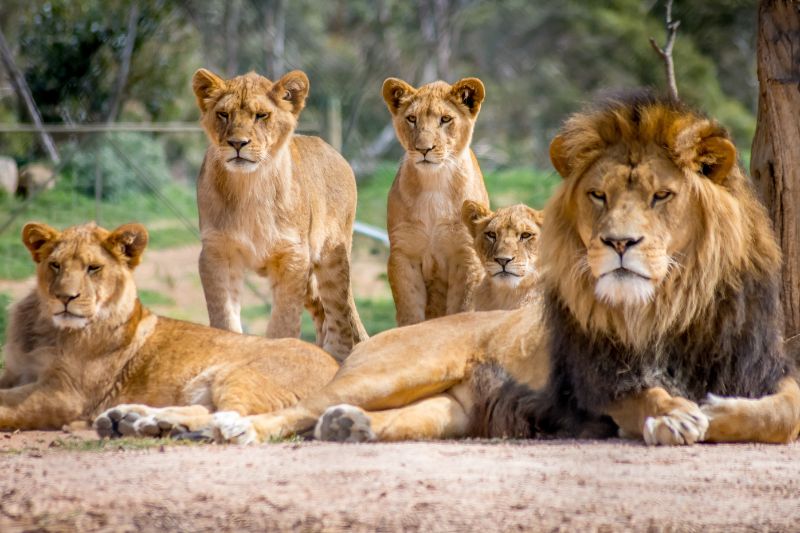
Throughout history, there have been numerous reports of exceptionally large lions. These majestic creatures have captured the imagination of people around the world. While it is difficult to determine the exact size of these lions, there are some notable records that give us an idea of their immense stature.
One such lion is known as Simba, who holds the title for being the largest lion in captivity. Simba weighed a staggering 826 pounds (375 kilograms) and measured 11 feet (3.35 meters) from nose to tail. This incredible size made him a true spectacle and a favorite among visitors at the zoo where he lived.
In addition to Simba, there have been other lions that have left their mark in history. For example, the Tsavo Man-Eaters were a pair of male lions in the late 19th century that terrorized railway workers in Kenya. These lions were said to be exceptionally large and were responsible for the deaths of numerous people.
Another famous lion is known as Scarface, who was one of the largest male lions ever recorded in Africa. Scarface earned his name due to a prominent scar on his face, which added to his intimidating presence. He was estimated to weigh around 500 pounds (227 kilograms) and was known for his dominance over other lions in his territory.
While these records provide us with an insight into the size of these magnificent creatures, it is important to note that not all lions reach such enormous proportions. The average male lion typically weighs between 330 and 500 pounds (150 to 227 kilograms), with a length of around 8 to 10 feet (2.4 to 3 meters).
In conclusion, the world has seen some truly remarkable lions throughout history. From Simba, the largest lion in captivity, to Scarface and the Tsavo Man-Eaters, these lions have captivated our imagination with their immense size and power. They serve as a reminder of the awe-inspiring beauty of the animal kingdom.
Current Biggest Lions
Lions in sub-Saharan Africa and their average size
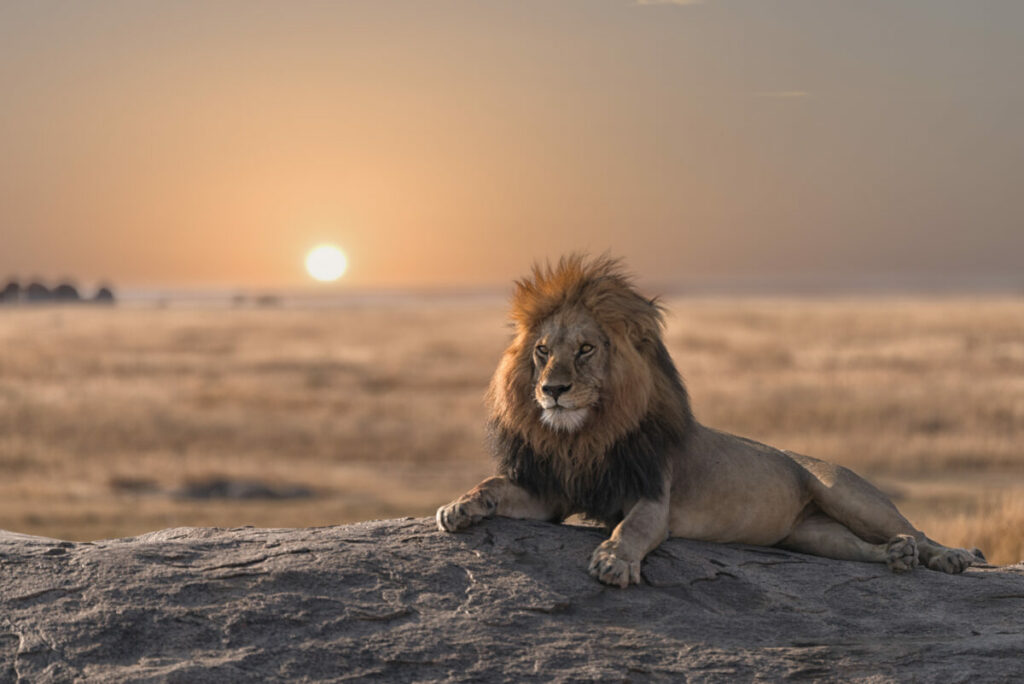
The African lion, also known as Panthera leo, is a majestic creature that roams the savannas and grasslands of sub-Saharan Africa. These lions are known for their impressive size and strength, making them one of the most iconic animals on the planet. On average, male lions in this region can weigh between 330 to 500 pounds (150 to 227 kilograms) and measure around 10 feet (3 meters) in length from nose to tail. Female lions are slightly smaller, weighing between 265 to 400 pounds (120 to 180 kilograms). However, it’s important to note that these are just averages, and there have been exceptional cases of much larger lions.
Impact of genetics and environment on lion size
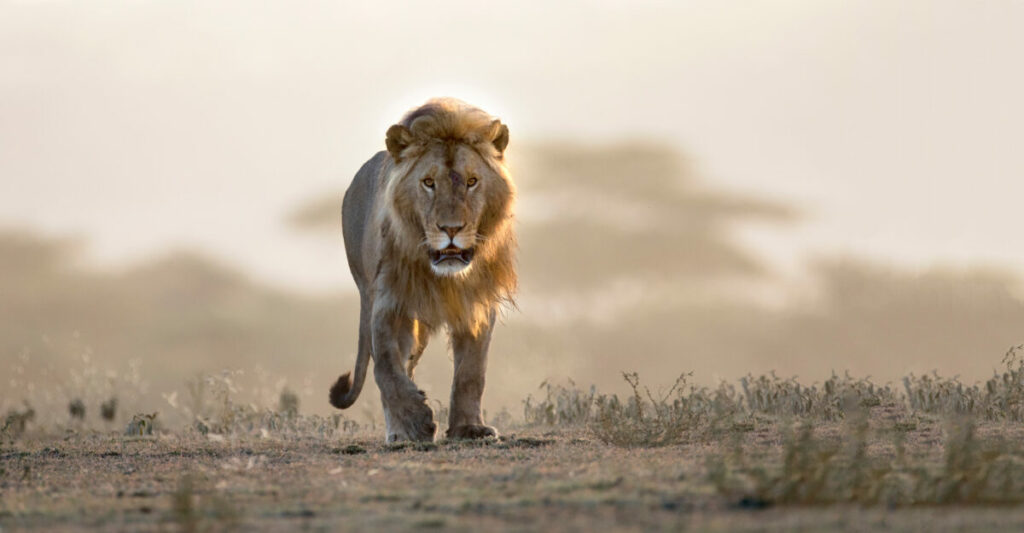
The size of a lion is influenced by a combination of genetics and environmental factors. Genetic variations can lead to differences in size among individuals within a population. Additionally, the availability of prey and habitat conditions can also play a role in determining the size of lions. In areas where food is abundant and competition is low, lions have the opportunity to grow larger. Conversely, in regions with limited resources and intense competition, lions may be smaller in size.
It’s worth mentioning that the concept of “biggest” lion can vary depending on the criteria used for measurement. Some may consider overall body size, while others may focus on specific physical attributes such as mane length or skull size. Therefore, determining the absolute biggest lion in the world can be subjective.
In conclusion, the African lion is an awe-inspiring creature known for its size and power. While there are average sizes for male and female lions in sub-Saharan Africa, variations in genetics and environmental conditions can lead to differences in individual lion sizes. The biggest lion in the world may be a matter of perspective, but there is no denying the grandeur and magnificence of these majestic animals.
Mufasa: One of the Biggest Lions
Details about Mufasa, a massive lion living in an animal sanctuary
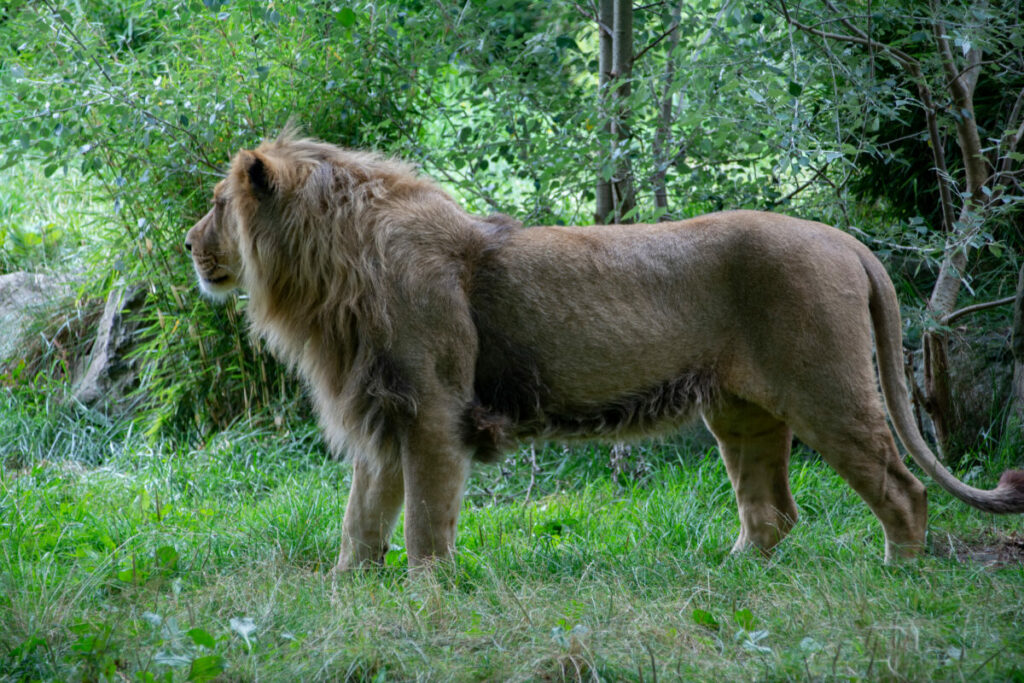
Mufasa, the majestic lion, has gained fame as one of the biggest lions in the world. Residing in an animal sanctuary, he captivates visitors with his sheer size and powerful presence. Here are some fascinating details about Mufasa and what makes him stand out among his fellow lions.
Mufasa’s size is truly remarkable. Weighing in at an astonishing 550 pounds (250 kilograms), he towers over other lions with his massive frame. His muscular build and impressive mane make him a sight to behold. Visitors often find themselves in awe of his sheer strength and regal appearance.
But what sets Mufasa apart from other large lions is not just his size. It’s also his gentle nature and friendly demeanor. Despite his imposing stature, Mufasa is known for his calm and friendly disposition. He interacts well with both humans and other animals in the sanctuary, making him a favorite among visitors.
Mufasa’s story is equally remarkable. He was rescued from a circus where he had spent most of his life in captivity. The animal sanctuary provided him with a safe haven where he could live out the rest of his days in peace and comfort. The sanctuary’s dedicated staff ensures that Mufasa receives the care and attention he deserves.
Visiting Mufasa at the animal sanctuary is an unforgettable experience. Seeing such a magnificent creature up close leaves a lasting impression on visitors of all ages. It serves as a reminder of the importance of protecting these incredible animals and their natural habitats.
In conclusion, Mufasa is not only one of the biggest lions in the world but also an ambassador for conservation efforts. His size, gentle nature, and captivating presence make him a true symbol of strength and beauty. If you ever have the opportunity to visit Mufasa at the animal sanctuary, it is an experience you won’t want to miss.
The Liger: The Strongest Hybrid Cat
Information about the liger, a cross between a lion and a tiger
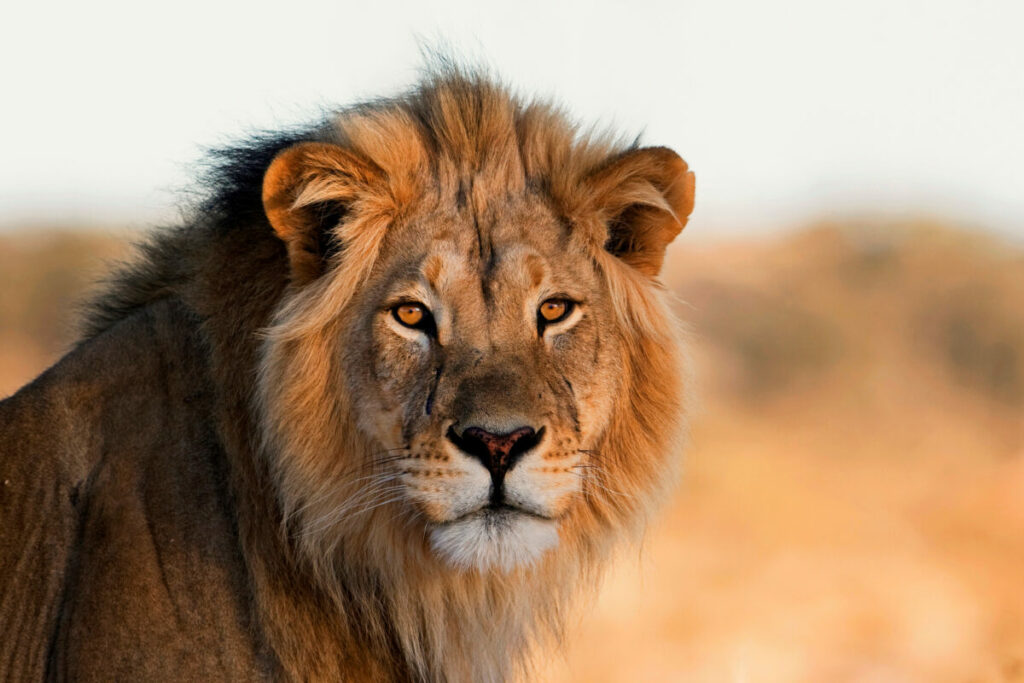
The liger, a hybrid between a lion and a tiger, is considered the largest and strongest cat in the world. These majestic creatures possess traits from both parent species, resulting in a unique combination of size and strength.
Ligers can grow to be much larger than their parents, with males weighing up to 900 pounds and measuring over 10 feet in length. This makes them significantly larger than both lions and tigers. Their immense size is attributed to a phenomenon called hybrid vigor, where the combination of genes from different species leads to enhanced growth.
In addition to their impressive size, ligers also inherit characteristics from both lions and tigers. They have the strength and agility of a lion, combined with the speed and stealth of a tiger. This makes them formidable predators in the wild.
One of the most striking features of ligers is their unique coat pattern. They often have faint stripes on their body, similar to those found on tigers, but with a lion-like coloration. This makes them visually stunning creatures that capture the imagination of many.
While ligers are incredibly fascinating, it’s important to note that they are extremely rare in the wild. The breeding of ligers is typically done in captivity under controlled conditions. Due to their hybrid nature, ligers are unable to reproduce naturally in the wild.
In conclusion, the liger is an extraordinary hybrid cat that combines the size and strength of a lion with the speed and agility of a tiger. Their unique characteristics make them an awe-inspiring creature to behold. However, it’s crucial to remember that they are rare and primarily found in captivity.
Fossils and Discoveries
When it comes to the animal kingdom, lions are often considered the kings of the jungle. But have you ever wondered about the biggest lion in the world? Let’s explore some exciting findings and discoveries that indicate the size of ancient lions.
Exciting findings and fossils indicating the size of ancient lions
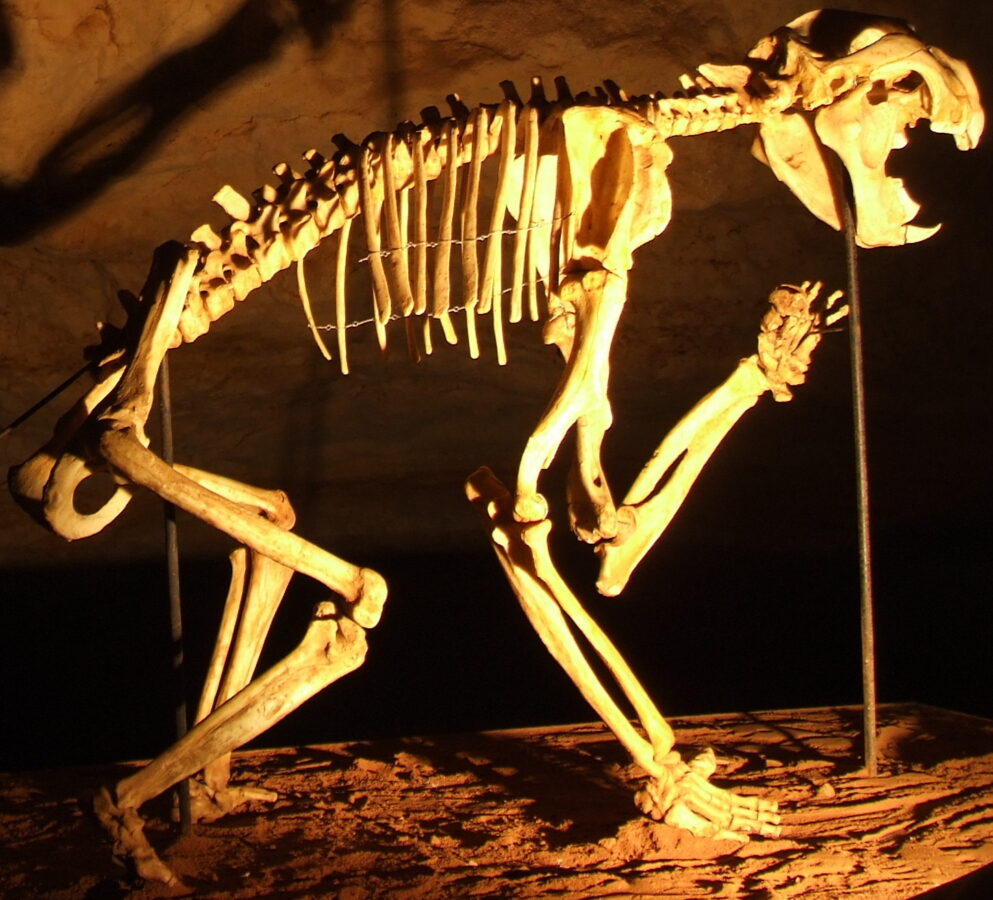
Over the years, paleontologists have unearthed fossils that provide valuable insights into the size of ancient lions. These discoveries have allowed scientists to estimate the size of these majestic creatures.
One such discovery is a fossilized lion skull found in Pleistocene deposits in Germany. This skull belonged to an extinct species known as Panthera leo spelaea, or cave lion. Based on the size of this skull, scientists estimate that cave lions could reach a shoulder height of around 4 feet (1.2 meters) and weigh up to 600 pounds (272 kilograms).
Another fascinating find comes from La Brea Tar Pits in Los Angeles, California. Here, researchers have discovered numerous lion fossils, including those of an extinct species called Panthera atrox, or American lion. These fossils suggest that American lions were even larger than cave lions, with estimates of shoulder heights reaching up to 4.5 feet (1.4 meters) and weights exceeding 700 pounds (318 kilograms).
Natodomeri discovery in northwest Kenya
In recent years, an exciting discovery was made in northwest Kenya at a site called Natodomeri. Paleontologists uncovered fossils belonging to an ancient lion species called Panthera leo fossilis. These fossils indicate that this lion species was larger than its modern-day counterparts.
Based on the size of the Natodomeri lion fossils, scientists estimate that Panthera leo fossilis could have reached a shoulder height of over 4 feet (1.2 meters) and weighed around 600 pounds (272 kilograms). This makes it one of the largest lion species ever discovered.
While these findings provide valuable information about the size of ancient lions, it’s important to note that the size of lions can vary depending on factors such as habitat and prey availability. Nevertheless, these discoveries offer a glimpse into these magnificent creatures’ impressive size and stature.
In conclusion, through fossils and exciting discoveries, scientists have been able to estimate the size of ancient lions. These findings reveal that some extinct lion species were larger than their modern-day counterparts, reaching impressive heights and weights. The study of these ancient lions deepens our understanding of their evolutionary history and highlights the awe-inspiring nature of these majestic animals.
Face-to-Face with the Biggest Lion
Imagine coming face-to-face with the largest lion ever recorded! It would be an awe-inspiring and perhaps slightly terrifying experience. Lions are already known for their majestic presence, but encountering the biggest lion takes it to a whole new level.
Implications of encountering the largest lion ever recorded
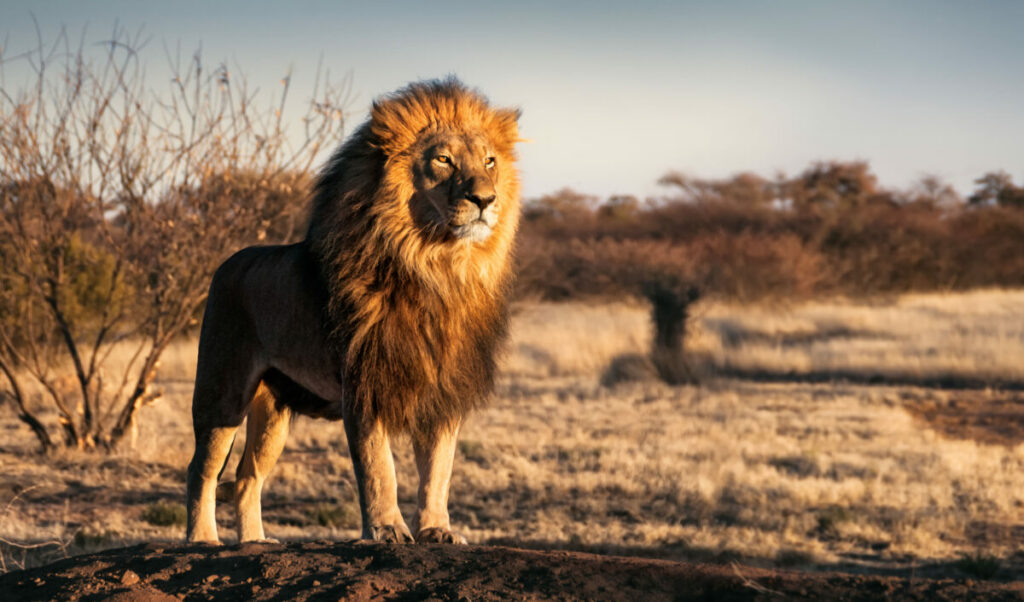
Encountering the largest lion ever recorded would have several implications. Firstly, it would highlight the incredible size and power that lions possess. This lion would be a true testament to the strength and dominance of these magnificent creatures. Secondly, it would provide a unique opportunity for researchers and wildlife enthusiasts to study and learn more about these animals. By observing and documenting the behavior of such a large lion, valuable insights could be gained into their biology and ecology.
Comparison of human and lion height

To put the size of the largest lion into perspective, let’s compare it to human height. The average height of an adult male lion is around 4 feet at the shoulder, while females are slightly smaller. However, the largest recorded lion was estimated to be around 11 feet long from nose to tail and weighed over 500 pounds! This is significantly larger than an average-sized lion and would make it an imposing presence in any environment.
In conclusion, encountering the biggest lion in the world would be a remarkable experience that showcases the power and majesty of these incredible creatures. It would also provide valuable insights into their behavior and biology. So, if you ever find yourself face-to-face with such a magnificent beast, remember to appreciate its beauty from a safe distance!
Related Resources